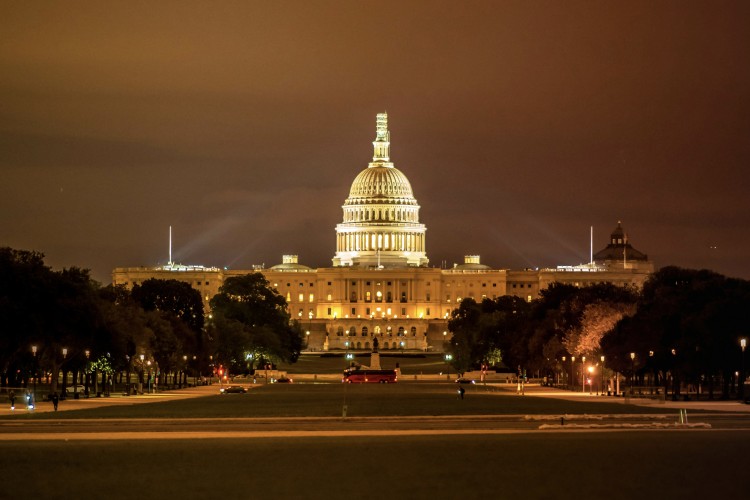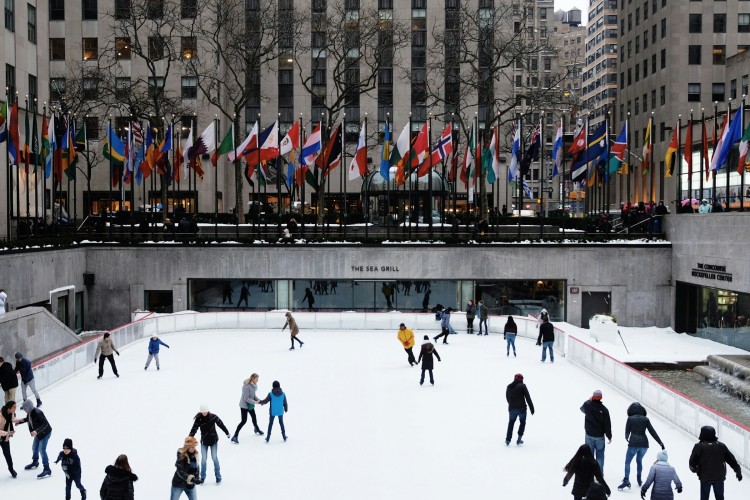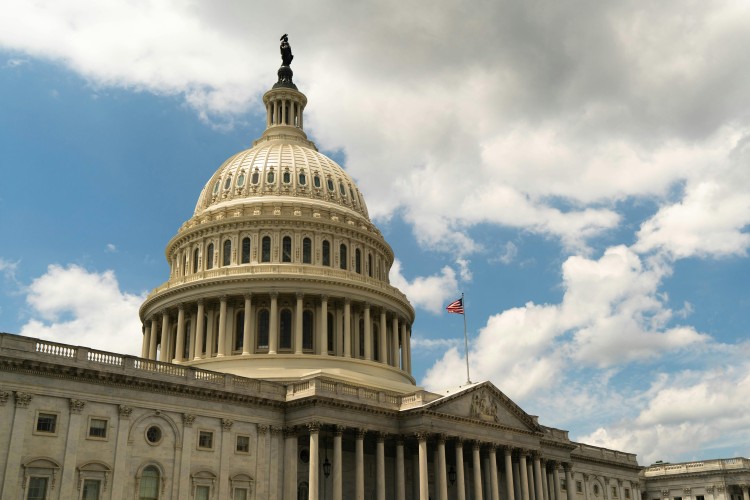We CAN Engage Everyone, Everywhere
This guest post was written by Adam Fletcher, an author, speaker, and consultant specializing in youth engagement. He is the founder of The Freechild Project and SoundOut, and the author of Ending Discrimination Against Young People and The Guide to Student Voice. We were honored to have him join us as a speaker at Connection 2014. His presentation underlined the value of creating meaningful engagement with youth, which he expands upon in this post. More great speakers like Adam will be joining us for Connection 2015!
There is a distinct difference between your life and the lives of the people you serve everyday in your job. You may be a caring parent of young children, a concerned voter in a growing neighborhood, or a well-employed social worker doing work you care about. Maybe your friends all do similar work, or the schools you went to were all good, or owning a house really mattered to you when you were young. Somehow, something is different in your daily world that makes you different than the people you serve. That thing is engagement.
I define engagement as any sustained connection we have within ourselves or in the world around us. We can be engaged in our jobs, families, neighborhoods, or community building. We can be engaged in jogging, knitting, video games, or a romantic relationship. We can be engaged in virtually everything. The question is whether the engagements we experience make our lives better, richer and more beneficial to ourselves, our children and our communities. If they aren't, how can they become more effective?
The likely difference between your world and the worlds of the people you serve is the engagement gap. The engagement gap is the space between valuable, life enriching engagements and those sustained connections we have to challenging, defeating things within ourselves and throughout the world around us. Just like we can be engaged in positive experiences, people, ideas and realities, we can also be engaged in challenging behaviors and attitudes, along with harsh realities and oppressive forces. We can be engaged in all things.
There are ways to bridge that gap, though. Some researchers and organizations prescribe complicated programs or sophisticated prescriptions. After studying and teaching nonprofits, government agencies and schools the ways people become engaged for almost 15 years, I have moved past this complicated sophistication to break down a simple five-part Cycle of Engagement. In the talk I gave at Connection 2014 in Baltimore, I detail how we can engage everyone, everywhere with that Cycle. In this video, I share examples and highlight possibilities along the way, and offer a few points I think are important. I hope you take 10+ minutes to learn about the Cycle here.
After you've watched it, please share your thoughts about the video on Youtube. What stuck with you? Did anything challenge you? I would love to hear your thoughts!


